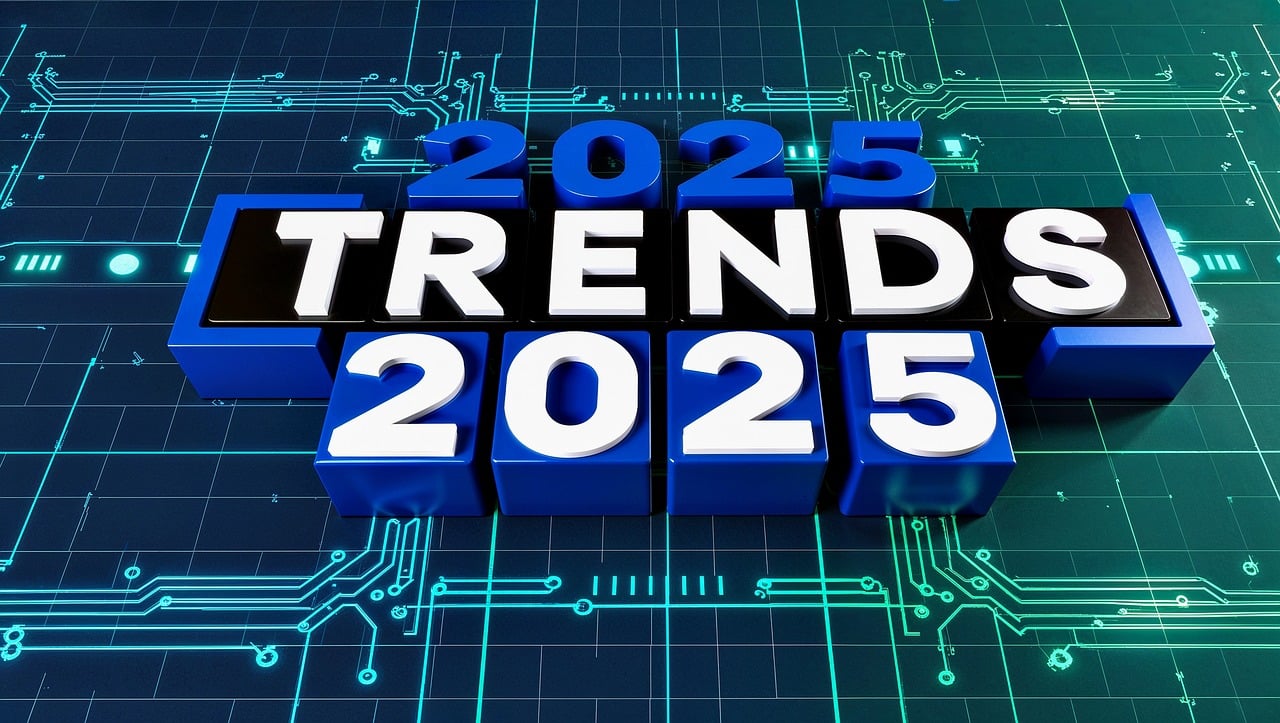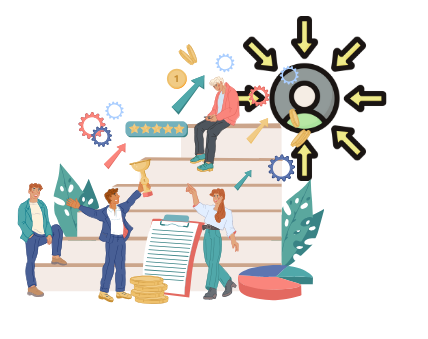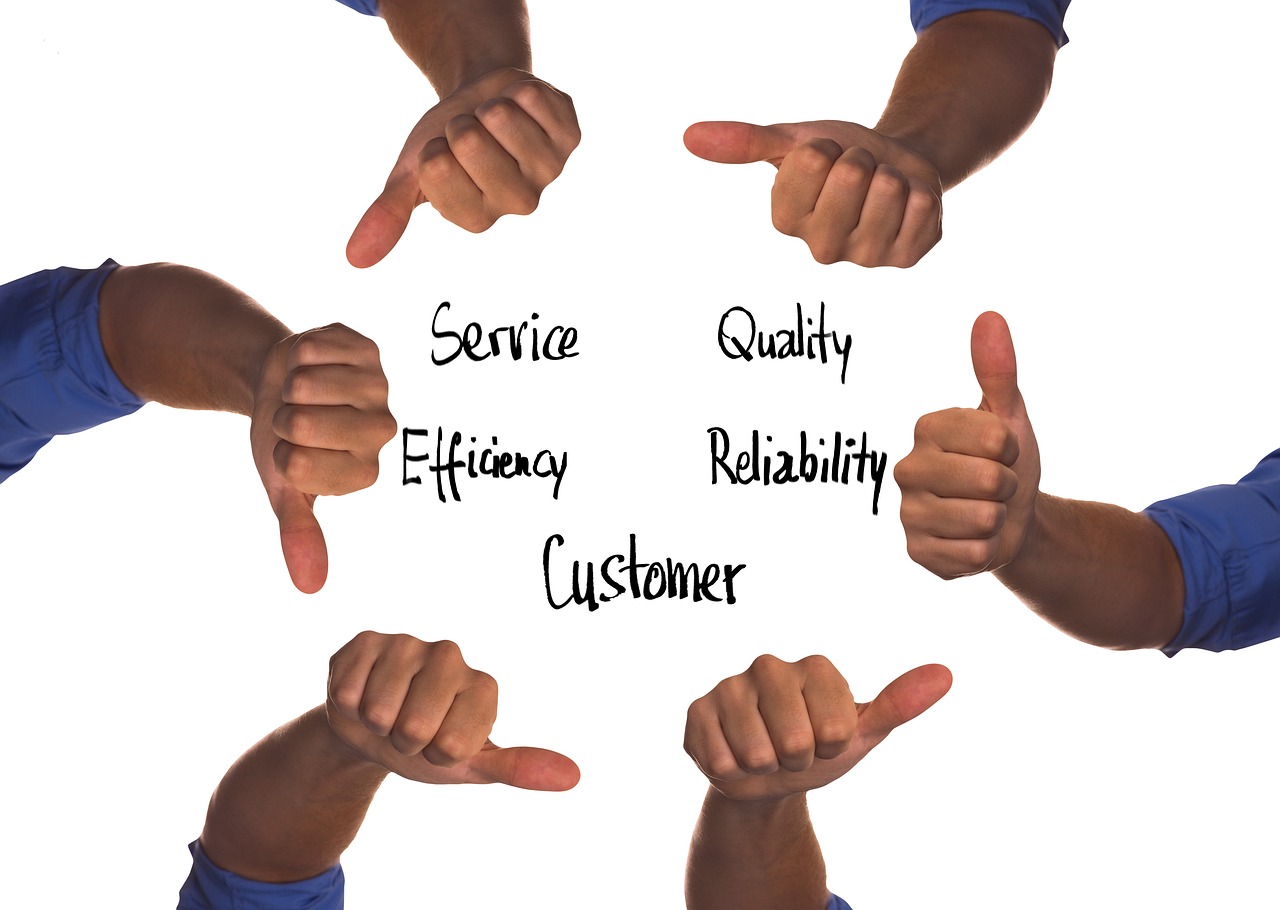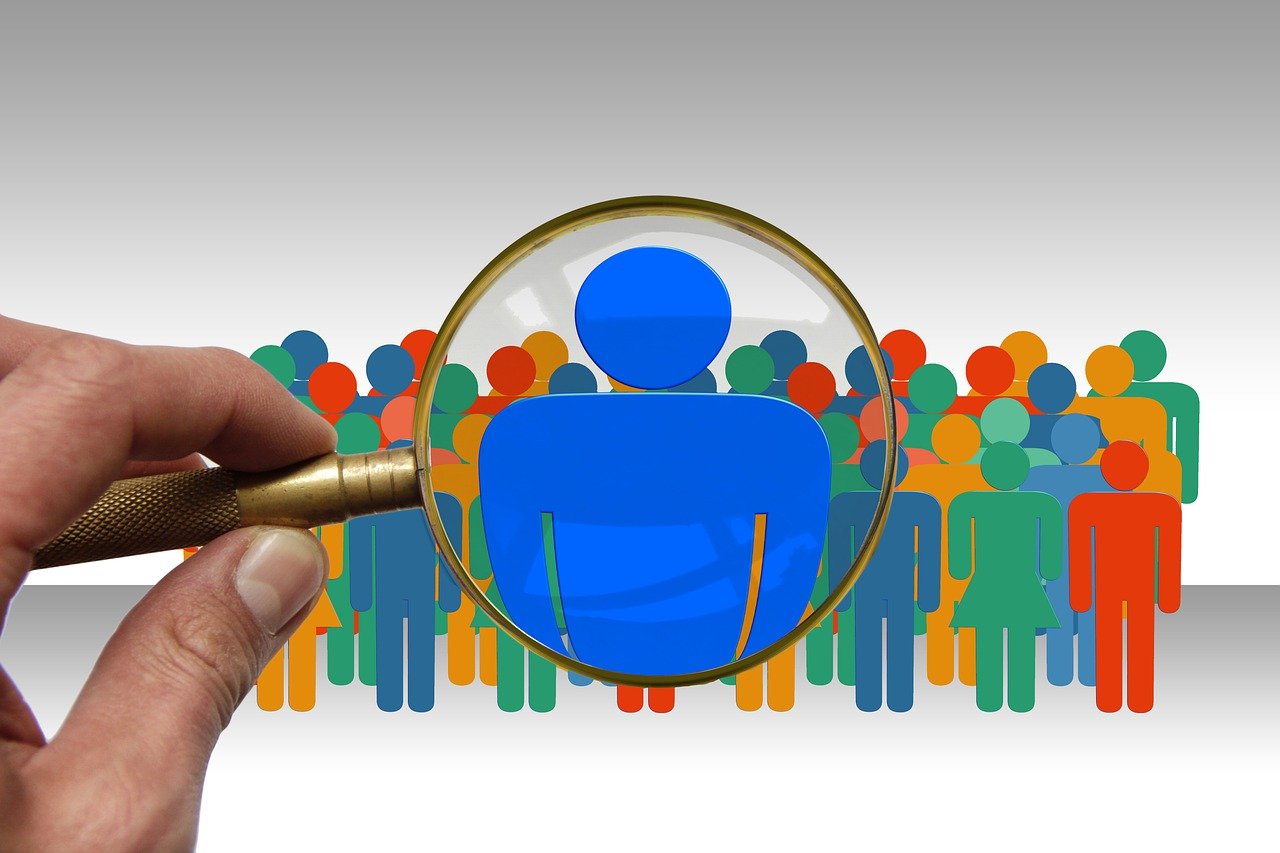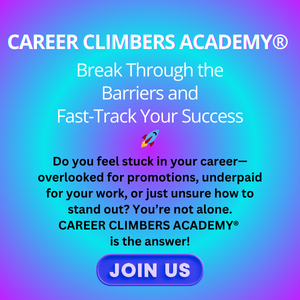EXECUTIVE SUMMARY: Consumer relevance begins with superior listening. The evidence shows that success belongs to those who can hear consumer needs before consumers fully voice them, precisely the capability that separates market leaders from market followers in every category.
If you would rather listen than read:
Consumer behavior now shifts faster than quarterly reports can capture it, leaving CPG executives facing an uncomfortable truth.
Traditional market research methods are failing to keep pace with the speed of consumer evolution. Recent Bain surveys reveal a striking disparity: 84% of executives in other non-tech industries count generative AI among their top five priorities, while only 37% of CPG executives share this conviction.
This hesitation emerges at a critical moment when the primary challenges for 2025 include increased competition for shoppers, decreased consumer spending, and intensified pressure from retailers.
The companies that are listening smarter through AI aren’t just gaining operational efficiencies — they’re rebuilding the fundamental connection between brand and consumer that drives sustainable relevance.
Having been a beta tester for ChatGPT and now working daily with AI-powered solutions across my consulting practice, I’ve witnessed firsthand the evolution from experimental novelty to essential consumer intelligence capability.
The companies I advise that have embraced sophisticated AI-enabled listening are consistently outperforming those still relying on conventional research methods to understand their rapidly changing consumers.
The Relevance Crisis: When Consumer Insights Lag Behind Consumer Reality
The data reveals a sobering disconnect between CPG brands and their consumers. Only 7% of US online shoppers are members of a CPG brand’s loyalty program, compared to the vast majority enrolled in retailer programs. This gap signals more than a marketing challenge—it represents a fundamental breakdown in consumer understanding and connection.
Consider the stark reality facing today’s CPG leaders: consumers have definitively rejected the price-increase playbook that sustained growth through 2023.
As Bain & Company’s research demonstrates, consumers are now switching to private-label brands, waiting for promotions, or simply buying less when faced with price hikes that offer no additional value.
Conventional consumer research, with its quarterly cycles and retrospective analysis, cannot capture these sentiment shifts quickly enough to inform real-time strategy adjustments.
Meanwhile, consumer behavior complexity has reached unprecedented levels. McKinsey’s analysis shows notable disparities between income segments, with older, high-income consumers driving discretionary spending while price-sensitive segments increasingly scrutinize every purchase decision.
The traditional demographic and psychographic segmentation models that guided CPG strategy for decades now feel woefully inadequate.
The AI Listening Revolution: From Data Collection to Consumer Understanding
The most sophisticated CPG companies are discovering that AI’s true power lies not in automating existing research processes, but in fundamentally reimagining how brands listen to and understand consumers.
Procter & Gamble’s groundbreaking collaboration with Harvard Business School provides compelling evidence of this transformation.
In their comprehensive study involving 776 employees across commercial and R&D functions, P&G found that teams leveraging AI-powered consumer insight generation worked 12% faster than traditional research teams.
More significantly, these AI-augmented teams developed more balanced solutions that better reflected diverse consumer needs, regardless










